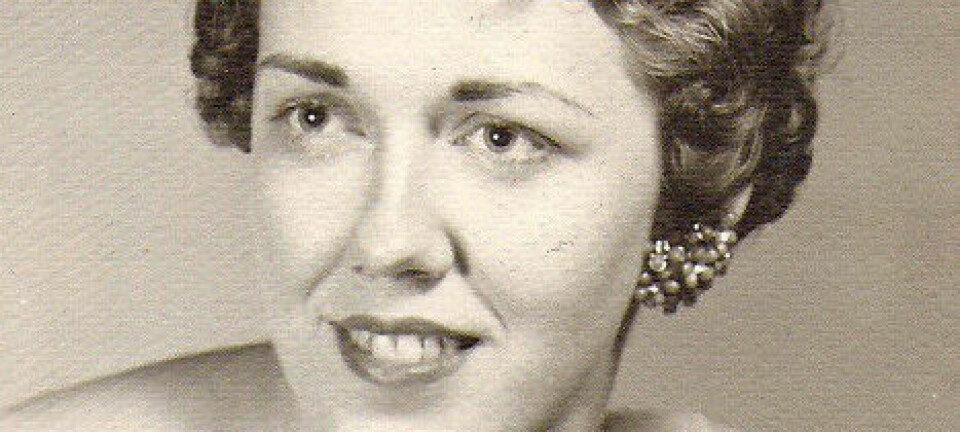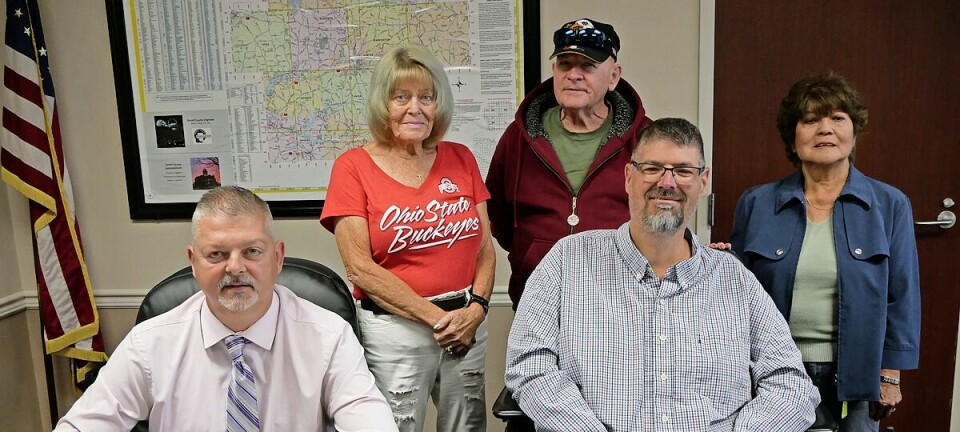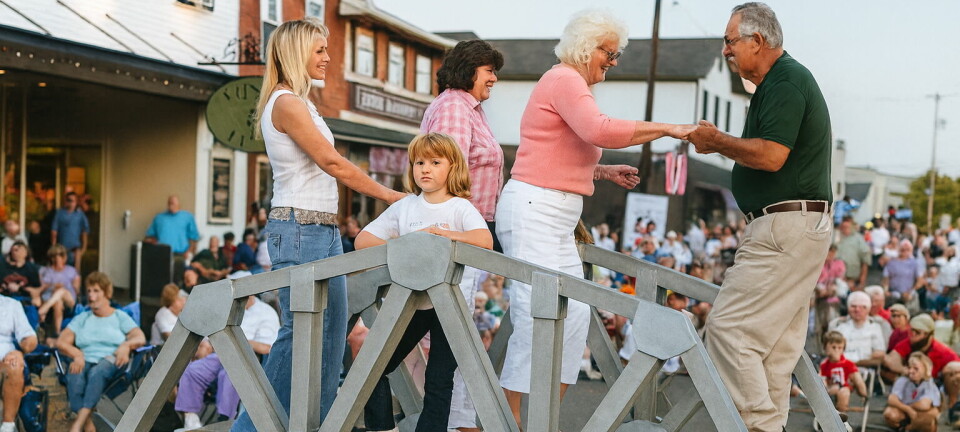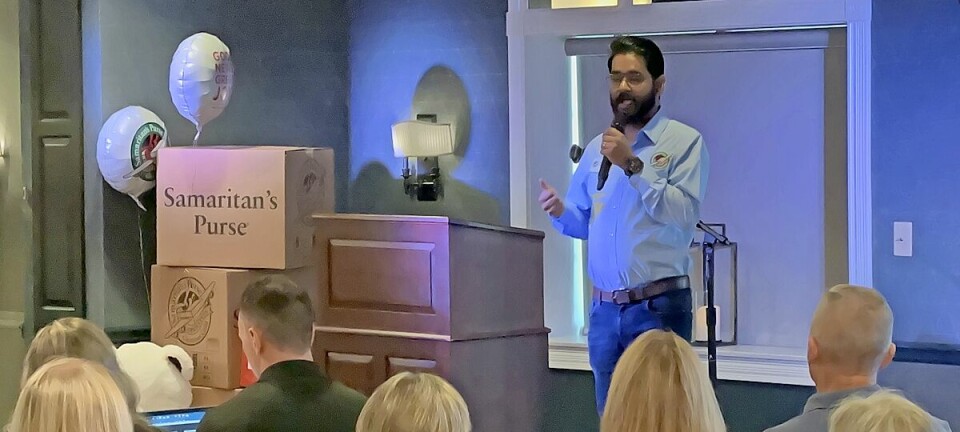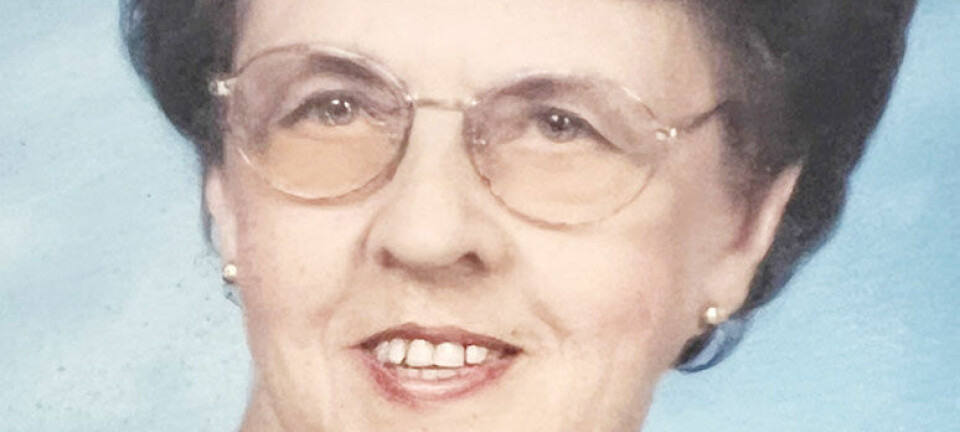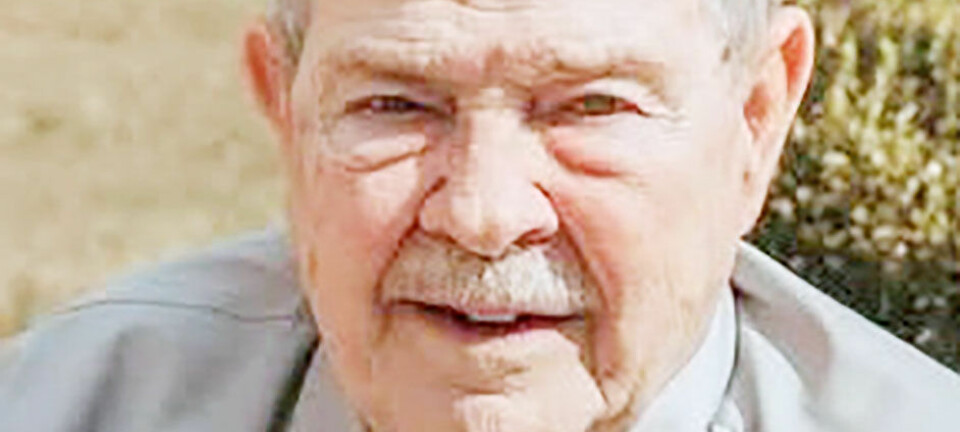‘Working in Ivory’ shines light on Warther history

For the Warther family, carving is kind of akin to eating and sleeping. It’s just something that comes naturally.
Over the decades since Ernest “Mooney” Warther first started carving back in the mid-1800s, the Warthers have put their talents to work in creating some of the finest wood and ivory carvings in locomotives, ships and more, and the tradition continues today with David Warther II, who has become one of the world’s finest ship carvers in ivory.
With so much family history and with much encouragement from friends, Warther decided it was time put all of the carving history into book form.
His newly published book, “Working in Ivory: The Story of the Warther Carvers,” is now available, and in its pages exist countless stories of the family’s journey through carving, beginning with his grandpa Earnest and culminating with his work in his museum, David Warther Carvings, near Walnut Creek.
Warther said much of the family history came from the recollection of his cousin Dick Hollinger, who has since passed away. Hollinger was blind, but his mind and ability to recall stories was uncanny.
“He was like a sponge. He took in everything,” Warther said of Hollinger. “Everything he heard was like it was recorded forever.”
Other stories came directly from Warther, who has lived the life of a carver and experienced the joy of the art growing up from a young age.
“There were numerous sources, and all I did was accumulate all of it and spun it into a story,” Warther said. “What started this whole idea was a friend of mine who told me I needed to write down and share these incredible stories of our family.”
Warther chose to write “Working in Ivory” chronologically, from Switzerland in the 1800s, to the family’s trek to America, to today.
In penning the book, Warther said the many journeys, the family’s rise to prominence in the carving world, and especially his grandfather’s upbringing and storied past were at the heart of the story that wraps generations of family carving history into one story. The one area Warther didn’t delve into a great deal was his own work, although he does discuss it in the book.
“The focus is really on Grandpa and Grandma and my parents, and it’s less about me because it’s no fun writing about yourself,” Warther said.
In a little more than 100,000 words, Warther was able to capture the essence of the Warther family history including Ernest Mooney’s pliers tree, which is a tree consisting of many pliers carved out of wood, and the patience and detail involved in the pieces depicting actual trains and ships from history.
But for Warther, what mattered the most was the idea of painting a picture in words about his grandfather’s life including his passion for traveling around the nation on trains, where he would invest in a traveling tour with the railroad companies and exhibit his art.
“Some of the stories are sweet, others are comical, but they all portray the family history, which was my aim,” Warther said. “It talks about many historical eras, like my dad’s experience in World War II, and all of these incredible memories that I grew up with.”
Collecting photos throughout time was a trying effort, but over time he was able to collect a variety of photos that enhance the written word.
Once complete, Warther presented the pages to Dan Fuller, a friend who is very good at proofreading. He took care of the technical part of the book, cleaning it up, and also presented some suggestions as to how Warther could make the book more enjoyable.
Warther also went to great lengths to share his faith through the words and wanted that to be a celebration of who he is and his family’s history.
The book included chapters on the various eras and winds down with a series titled “Tusk Stories,” which focuses on ivory tusk work, an area in which Warther excels. Warther said that chapter was created as a short story he wrote, and it kick-started the book-writing process.
Sometimes people marvel at the nuances and details of a piece of art. This book helps people get inside the mind of the members of this great carving family, providing the reader with insight to further understand where each artist found his inspiration, the challenges each process presents and the joy in seeing each piece spring to life.
“It was a real joy to put our Warther story in print,” Warther said. “It took a lot of time, and some wonderful people helped me through it, but this is the most complete book of Grandpa’s life in existence.”
A friend read the book and told Warther of his effort, “We’re seeing the book from your grandpa’s point of view, but also from a very realistic point of view.”
“Grandpa did some really amazing things, but he didn’t walk on water,” Warther said. “He was a person, and it was important for me to convey the good and the bad, the Great Depression, poverty, that he started working at 5 years old, began working in a steel mill at age 14, and we see throughout the book how he kept working hard and following his passion. I hope a lot of that rubbed off on me because I wouldn’t be where I am without him.”
“Working in Ivory” can be purchased on Amazon and Kindle, but those who really want to get to know the author a little better can stop by David Warther Carvings on state Route 39 between Walnut Creek and Sugarcreek to purchase a book, have it signed and chat with the author. The book also can be purchased at Keim in Charm, the Dover Knife Shop, and The Gospel Book Stores in Sugarcreek and Berlin.


